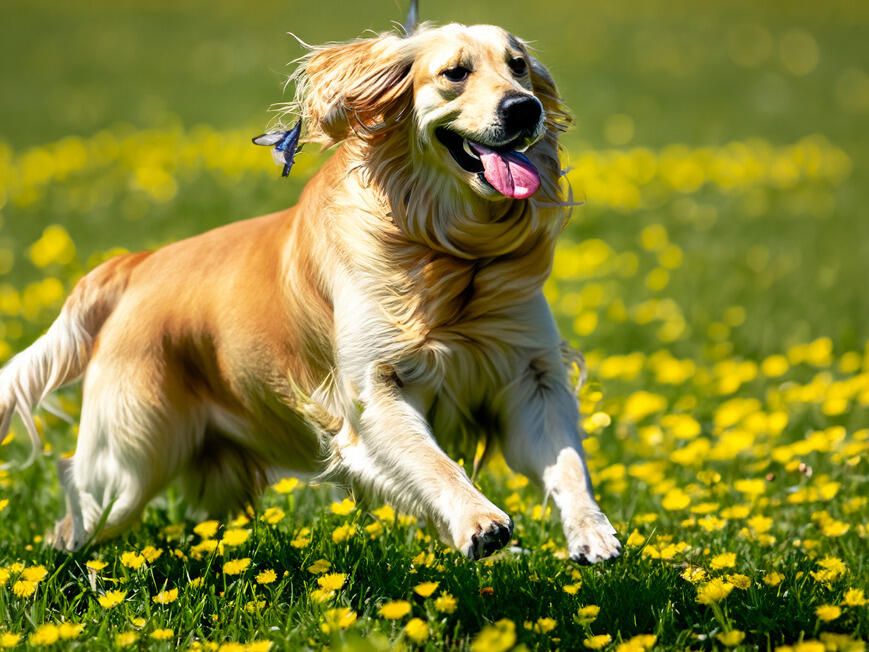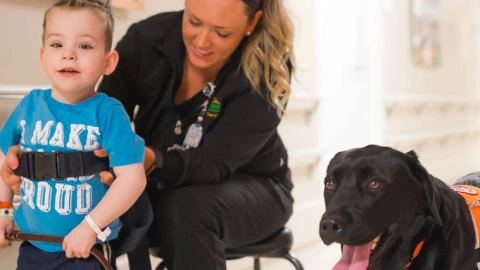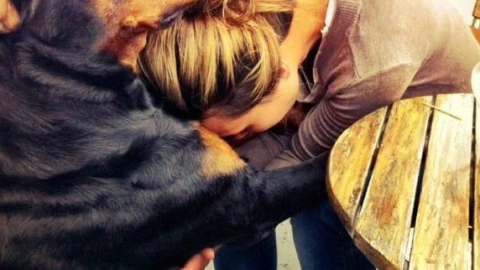Dog / Detail
Understanding Canine Anger: A Guide to Decoding Fido's Moods
Jonathan Bennet | 28 September 2024 | 12:05
Dogs, like humans, are complex beings capable of experiencing a wide range of emotions. While they may not express anger in the same way as humans, they can certainly exhibit behaviors that suggest they are feeling frustrated, annoyed, or even threatened.
Understanding canine anger is essential for building a harmonious relationship with your furry companion.

By building a strong and trusting relationship with your dog, you can create a harmonious and fulfilling living environment for both of you.

The Signs of Canine Anger
When dogs are feeling angry, they may exhibit a variety of behaviors, including:
- Growling or snarling: These vocalizations are often used as warnings to back off.
- Showing teeth: This is a more aggressive display of aggression and should be taken seriously.
- Lunging or snapping: These behaviors indicate that the dog is feeling threatened and may be about to bite.
- Body language: Dogs can communicate their anger through their body language. Signs of anger may include raised hackles, flattened ears, or a stiff tail.
- Unresponsiveness: Dogs may become unresponsive to commands or attempts at affection when they are angry. They may ignore their owner's calls or refuse to eat.

The Causes of Canine Anger
There are many factors that can contribute to canine anger, including:
- Fear: Dogs may become angry when they feel scared or threatened. This could be due to a variety of reasons, such as loud noises, unfamiliar people, or painful experiences.
- Frustration: Dogs may become frustrated when they are unable to meet their needs. This could include the need for exercise, attention, or food.
- Pain: Dogs may become angry when they are in pain. This could be due to an injury, illness, or other medical condition.
- Overexcitement: Dogs can become overexcited and aggressive, especially when they are playing or interacting with other dogs.

How to Respond to Canine Anger
If your dog is exhibiting signs of anger, it is important to remain calm and avoid provoking them further. Here are some tips for responding to canine anger:
- Give them space: Allow your dog to calm down on their own. Do not approach them or try to force them to interact with you.
- Use a calm voice: Speak to your dog in a calm, soothing voice. Avoid raising your voice or shouting at them.
- Avoid physical punishment: Never punish your dog for being angry. This will only make them more fearful and aggressive.
- Seek professional help: If your dog is exhibiting frequent or severe signs of anger, it is important to seek help from a qualified dog trainer or behaviorist.

Preventing Canine Anger
The best way to prevent canine anger is to address the underlying causes. This may involve providing your dog with adequate exercise, socialization, and training. It is also important to create a safe and comfortable environment for your dog.
Related
-

The Healing Power of Dogs: How Canine Therapy is Revolutionizing Mental Health and Boosting Positive Energy in Humans
Dog14 November 2024
-

A Pawsitive History: Dogs of Nuremberg
Dog09 November 2024
-

The Role of Oxytocin in the Human-Dog Bond: The Science Behind Our Deep Connection
Dog06 November 2024
-

Beyond the Beach: Jamaica's Dog Lovers
Dog29 October 2024
-

A Dog's Delights: Homemade Snacks for Our Furry Babies, Recipes Included!
Dog29 October 2024
-

A Dog's Disorientation: Understanding Your Dogs' Wanderlust
Dog29 October 2024
Popular
-

-

A Pawsitive History: Dogs of Nuremberg
09 November 2024 -

-

Beyond the Beach: Jamaica's Dog Lovers
29 October 2024 -
